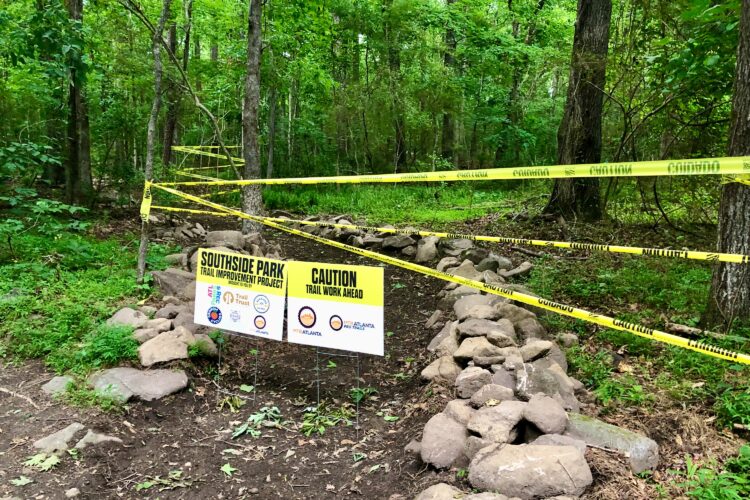I regularly pick up nearly every mountainbiking rag, covering both the US and UK cycling scenes. And the coverage of the major industry events & product releases has increasingly focused on the massive advances in suspension and brake technology.
However, I’ve noticed a refreshing trend that runs contrary to the rush towards the most technologically advanced frames and components. The smaller mountainbiking publications are focusing more on events like the North American Handmade Bicycle Show, as well as smaller frame & component builders. While advances in materials used in bike frames & parts have approached a level found more commonly in NASA & military aircraft, there is a growing movement in keeping things simple.
Steel, fully rigid frames; multi-purpose bikes with internal commuter transmissions; retro-themed one-off hand-built & lugged frames, and utilitarian city cruisers are a refreshing step back from the hyper-speed pace major bike manufacturers are taking in developing mountainbikes for the growing interest in the sport.
I myself have taken a serious interest in the beautiful attention to detail & simplicity of bikes made by the likes of Steve Garro (Coconino), Sycip, Hunter Cycles, Kent Eriksen (originator of Moots), and Steve Potts.Â
These bikes still incorporate some of the advances in bike tech (29″ wheels, hydraulic disc brakes, titanium), but many of these rides still maintain the soul that harks back to the days of the original Schwinn Excelsior and Hawthorne cruisers which the pioneers in Marin, Crested Butte, & Cupertino fit with balloon tires, derailleurs, and hub brakes before bombing down the fireroads of Mount Tam & Mount Bolivar.
Part of my undertaking this path of regression (or is it progression?) has been an injury that makes it difficult to ride my aggressive +6″ travel mountainbike. The laid-back position of a modified cruiser eases the tension placed on my injured back; the swept handlebars further relieves pressure, and the addition of a coaster brake allows me to use my legs & body-weight to haul my bike down from speed. And there’s a level of fun that I’ve missed with my regular mountainbike, and that’s the skid-factor.
So in the interest of keeping myself on the bike, my wife and I recently bought a pair of quality cruiser bikes. But me being me, and not being able to leave well enough alone, I decided to take the path of our mountainbiking forebears. While my wife has outfitted her cruiser with pannier baskets, lights, and various bells & whistles; I’ve stripped my cruiser down to the minimum. Off went the fenders and chainguard, on went an old set of nobby tires, and a conversion to a three-piece crankset; front hub brake, and swept alt-mountain bars is in the works. Just these small modifications has given me a small taste of what the past has to offer, and it’s rapidly becoming part of my future.
It’s no mystery to me now why the pioneers of our sport got such a blast out of doing what they did. Tearing down a gravel road at speeds approaching 30mph; drifting through the turns in a roost of gravel and dust with nothing but a smoking coaster brake and legs outstretched in a tripod manner; and leaving the lycra and clipless shoes at home is an experience that I believe a majority of mountainbikers have lost touch with. Our sport’s history is alive and well; maintained by the old school originators who keep on keeping on, and those of us who still keep the torch burning for the love of the sport.



















